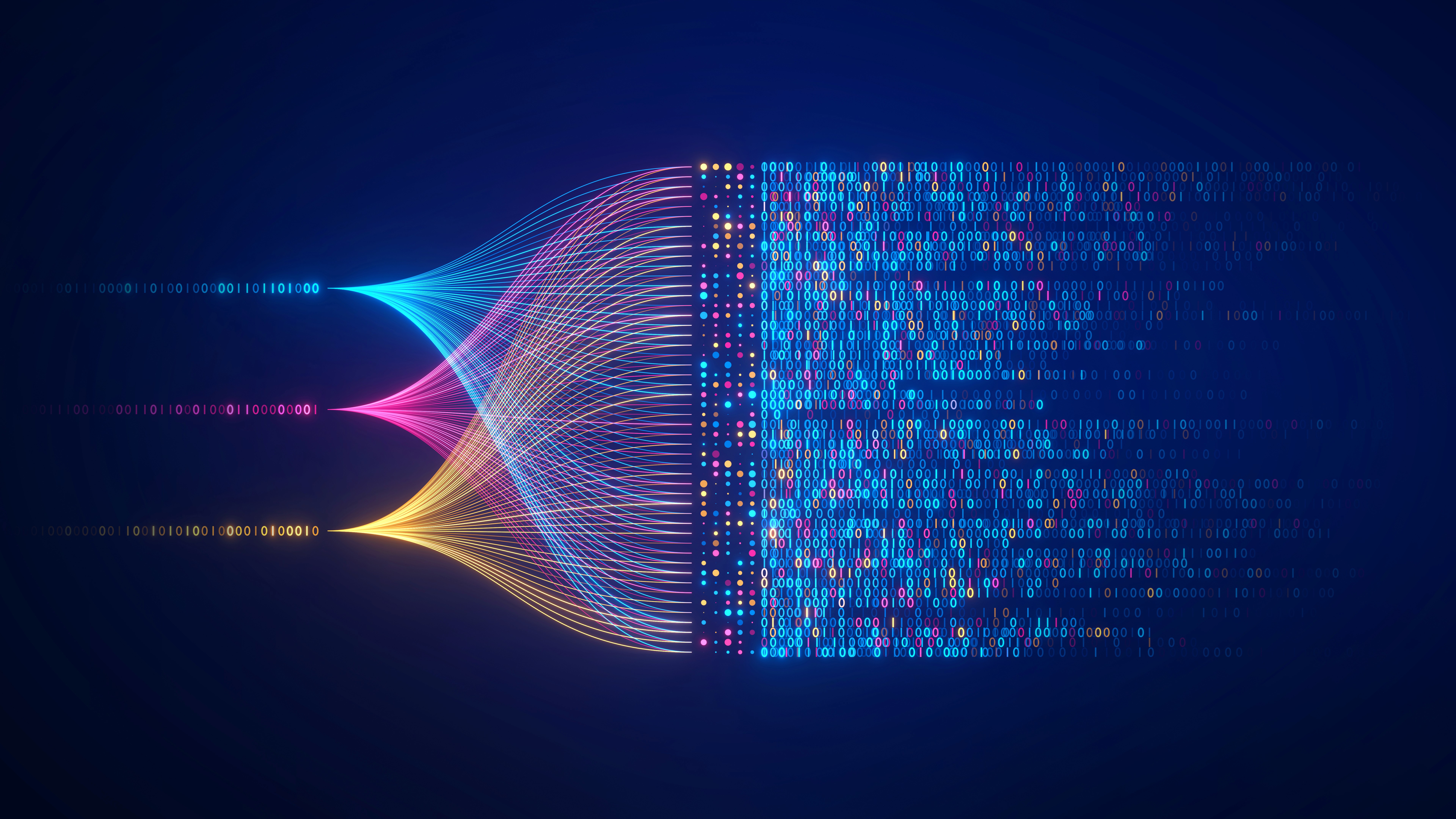Ethics by Design: responsible AI.
Computer vision: an AI-driven revolution
Computer vision is a branch of artificial intelligence that enables machines to understand and interpret visual data, such as images or videos. In this article, we find out how this technology is transforming business sectors through innovative solutions, including CORE, our video analysis platform.
Understanding computer vision
The essential role of annotations
At the heart of computer vision lies the recognition of objects, be they vehicles, pedestrians, bicycles or backpacks.
For machines to learn to identify these objects accurately, they need annotated examples: each image is enriched with information on the location, size, shape and category of the elements it contains.
These annotations are used to train algorithms such as convolutional neural networks (CNNs). Exposed to thousands of annotated images, these networks learn to detect shapes, distinguish similar objects and generalize their understanding to new scenes.
This process is essential for the success of complex tasks such as :
-
object detection
-
semantic segmentation
-
or action recognition.
Technical foundations
Computer vision is based on four key stages:
-
Image acquisition: via cameras, sensors or any other digital device.
-
Pre-processing: cleaning, correction and enhancement of visual quality.
-
Feature extraction: identification of shapes, patterns or objects in images.
-
Decision-making: based on extracted data, systems automate actions or generate alerts.
This ability to recognize, track and interpret elements visually opens up a wide field of concrete applications, notably in security, safety and operational efficiency.
Why it's a strategic challenge
Computer vision enables time-consuming manual tasks to be replaced by faster, more reliable automated processes.
Here are just a few use cases:
-
Logistics: automated tracking of goods, real-time inventory management.
-
Service stations: anticipation of staffing needs, fire detection, vehicle classification.
-
In public-access establishments: flow analysis, risk zone detection, incident prevention.
These capabilities improve not only safety (thanks to real-time alerts) but alsooperational efficiency, by facilitating planning, preventive maintenance or resource management.
Focus on CORE: our video analysis platform
Launched in 2015, CORE is today one of the most advanced video analysis solutions in France.
The platform captures and analyzes your video streams in real time to provide you, via a clear and intuitive interface, with alerts and reports tailored to your priorities.
CORE is fully agnostic and compatible with all VMS (Video Management Systems) on the market.
It can be applied to a wide range of environments:
➤ Public buildings
Analysis of attendance, detection of suspicious behavior, enhancement of the customer experience...
➤ Logistics warehouses
Real-time inventory tracking, flow optimization, loss and error reduction...
➤ Service stations
Monitoring sensitive areas, analyzing traffic, managing teams, detecting incidents...
In short, computer vision is much more than a technological advance: it's a concrete innovation lever for those working in the field. Thanks to tools like CORE, it is becoming a strategic asset in the service of safety, performance and anticipation.


